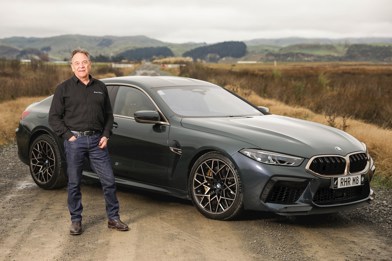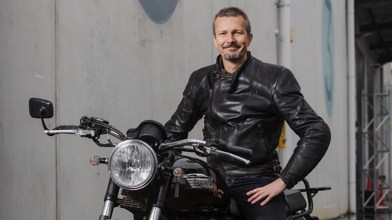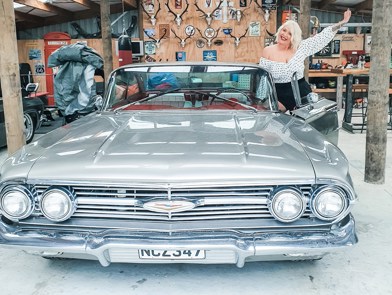New technology is, well, nothing new, and in Mercedes-Benz’s new GLS, there’s a range of all-new tech. But we first need a history lesson on the origin of Wi-Fi.
Starter for 10: who invented Wi-Fi? Was it WorldWideWeb founder Tim Berners-Lee? Microsoft’s Bill Gates? Apple’s Steve Jobs? US space agency NASA? The Russians?
None of the above.
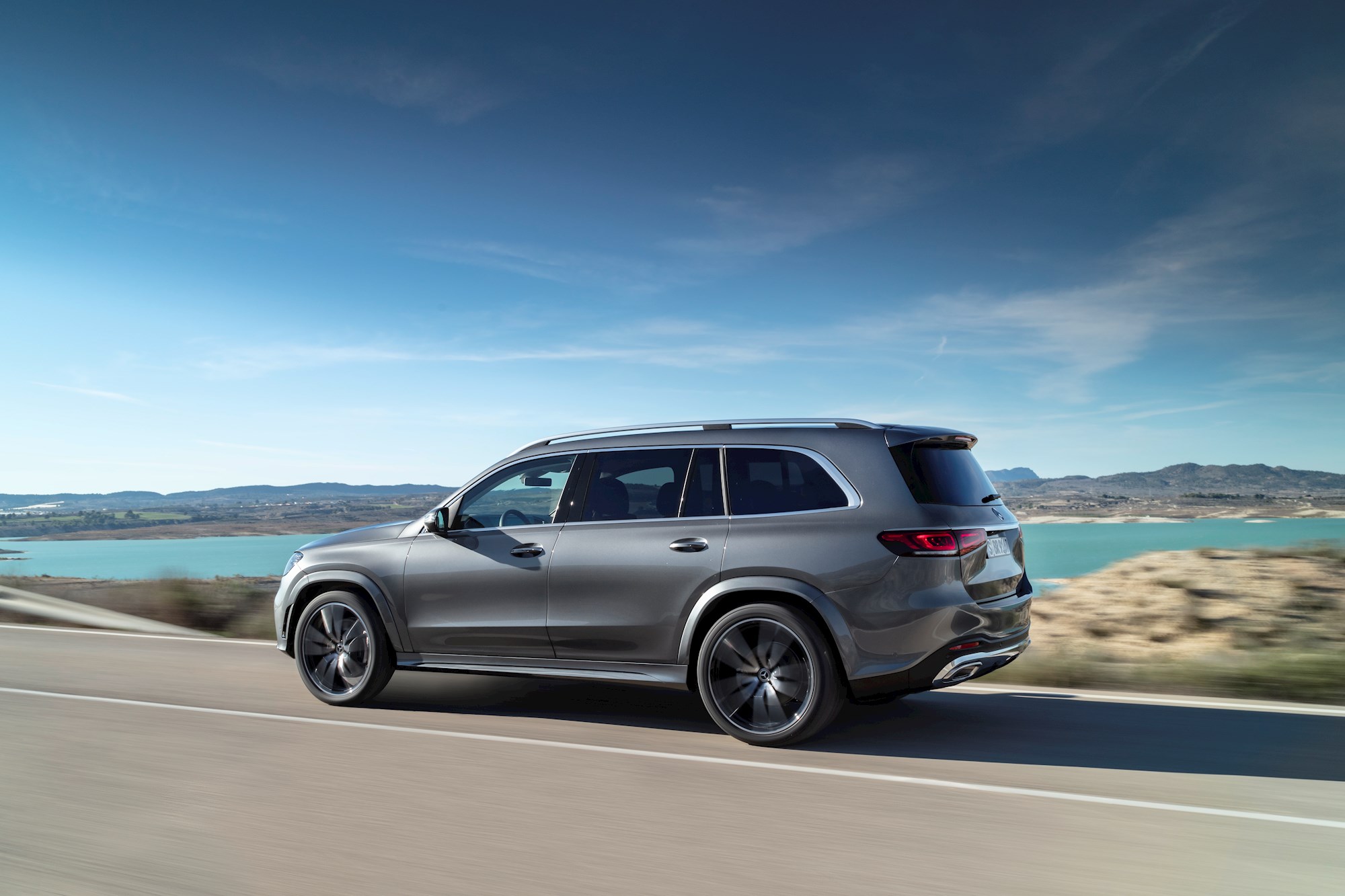
How about Hedwig Eva Maria Kiesler? Born into a wealthy banking family in Vienna, Austria, in 1914. Studied acting, made a ground-breaking ‘nudie’ movie at 18; married at 19 to a German munitions magnate 30-odd years her senior; slipped away from his clutches in the 1930s disguised as a housemaid and fled Europe and Nazism for America; ran into a bigwig Hollywood producer onboard ship. “I’ll make you a star,” he said.
He did but under a stage name, of Hedy Lamarr. With me now? Oh yeah, that Hedy. Still nothing? Hedy passed away in 2000, at age 85. She’s worth a Google, because, wow, what a looker! The entertainment magazines said she was the most beautiful woman in the world.
But Wi-Fi? Seriously? An actress the critics said couldn‘t act, Lamarr and her American colleague, composer George Anthiel, came up with a frequency-hopping (spread spectrum) communication system in 1941.
The two inventors received US patent 2,292,387 for it. Said the New York Times on October 1, 1941: “So vital is her discovery to national defense (sic) that government officials will not allow publication of its details.”
Lamarr’s and Anthiel’s system, it is acknowledged today, laid the groundwork for the development of Wi-Fi, bluetooth and GPS technology.
So when you get behind the wheel of a vehicle with all of the above, put on your best very-pleased face and say thanks to a stunningly beautiful woman, who, it is written, liked to invent things.
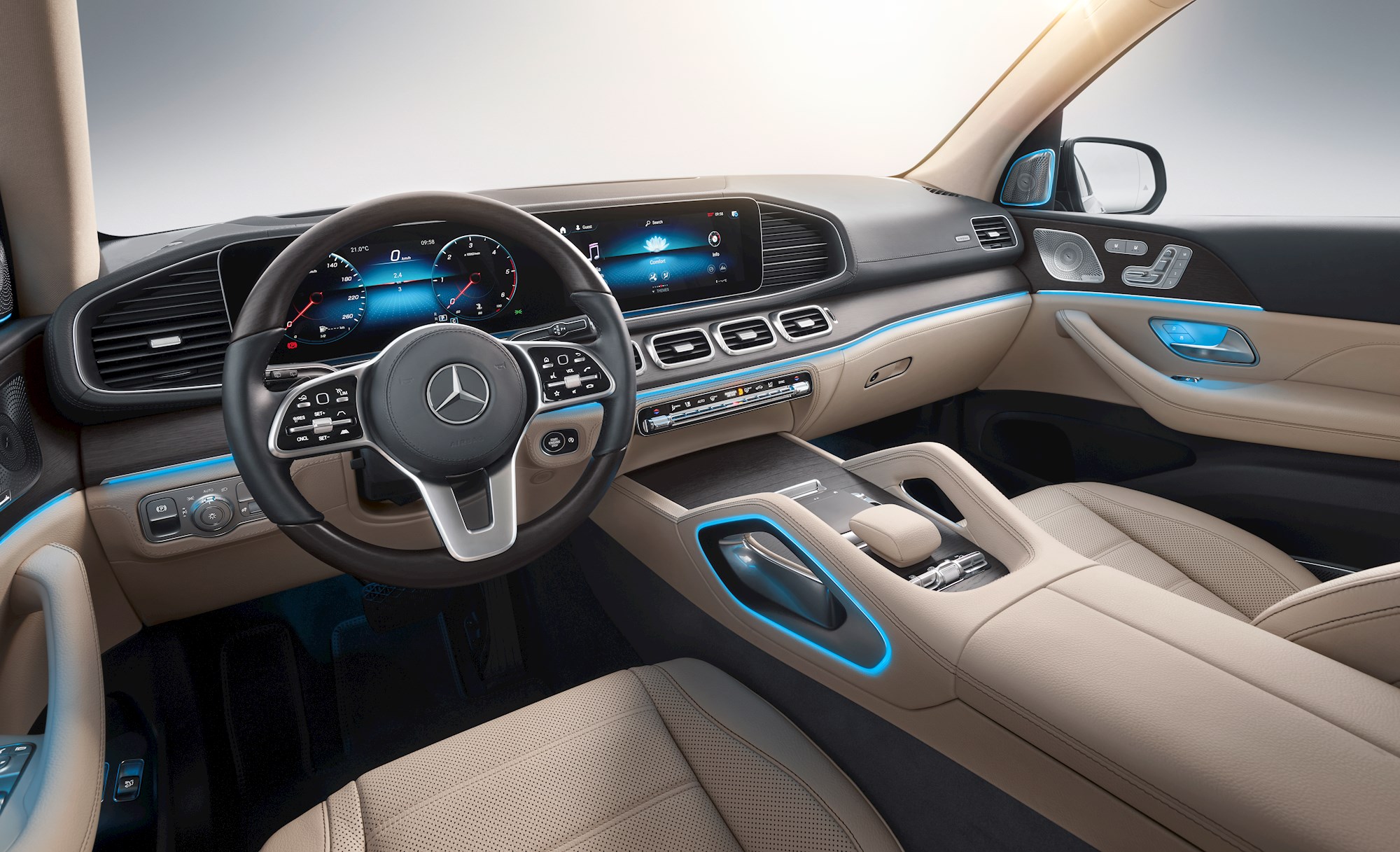
A vehicle that typically has ‘all of the above’ is Mercedes S Class, the S signifying the marque’s top line sedan and SUV models, the latter recently launch as the Mercedes-Benz GLS 400d, the flagship all-wheel-drive SUV.
Its bundle of MBUX digital technology (an alphabet salad meaning Mercedes-Benz User Xperience) comes with an $800 optional extra, namely ‘augmented reality.’ Let’s call it ‘Augie.’
The GLS is the first NZ-spec Mercedes-Benz to have it as an option, just beating the all-electric EQC we featured in Driven a week ago. Briefly, Augie sort of rides shotgun with the MBUX sat-nav system.
Cameras film what’s going on in front of the vehicle and Augie’s computer software superimposes that information in real time on top of the graphical sat-nav instructions.
Street maps, road signs, vehicles, house numbers, traffic lights, traffic itself, pedestrians and so on become live images. “You can get to your destination quickly, safely, and stress-free,” say the Mercedes-Benz marketing people.
Augie also does virtual stuff inside the GLS, again with the aid of cameras and sensors. This goes by the monumentally dreary name of Interior Assist. It doesn’t exactly read occupants’ minds, but it does know what they themselves are going to do next.

Examples: Reach for an overhead light switch and ... the light turns on before your hand even touches it. Reach for the touchscreen … and the graphic symbols sense the approach and grow bigger for ease of use.
Augie has a more expensive digital buddy in the list of GLS options, this one costing $13,000. It’s called E-Active body control and it uses a camera, too.
Other Benz models have it: it constantly ‘reads’ the road surface 150m ahead and in real time adjusts the suspension variables on each wheel to iron out bumps and potholes. It does so much more too.
Want an off-road package complete with low-range gearing and locking differentials? That’ll cost an extra $3500. E-Active has a role here: get bogged off-road and it can bounce each corner of the GLS up and down like a custom ‘low-rider’ to help free it from the sticky stuff.
An ‘Energising Package Plus’ costs $3900. No, it’s not a virtual sugar boost but it nonetheless gives occupants a lift: it keeps drinks in front cup holders hot or cold, heats seats and armrests, sets ‘mood’ lighting, and constantly filters interior air.
These are just a few of the options in a seven-seat SUV starting in price at $166,700. Sign off on every optional extra – equipment, packages, the bigger 23-inch wheels, exterior colours, interior colours, even the digital TV tuner – and you’re up for more than $30,000, or around $200,000. Yes, that’s a lot of cash, but it’s also a lot of car.
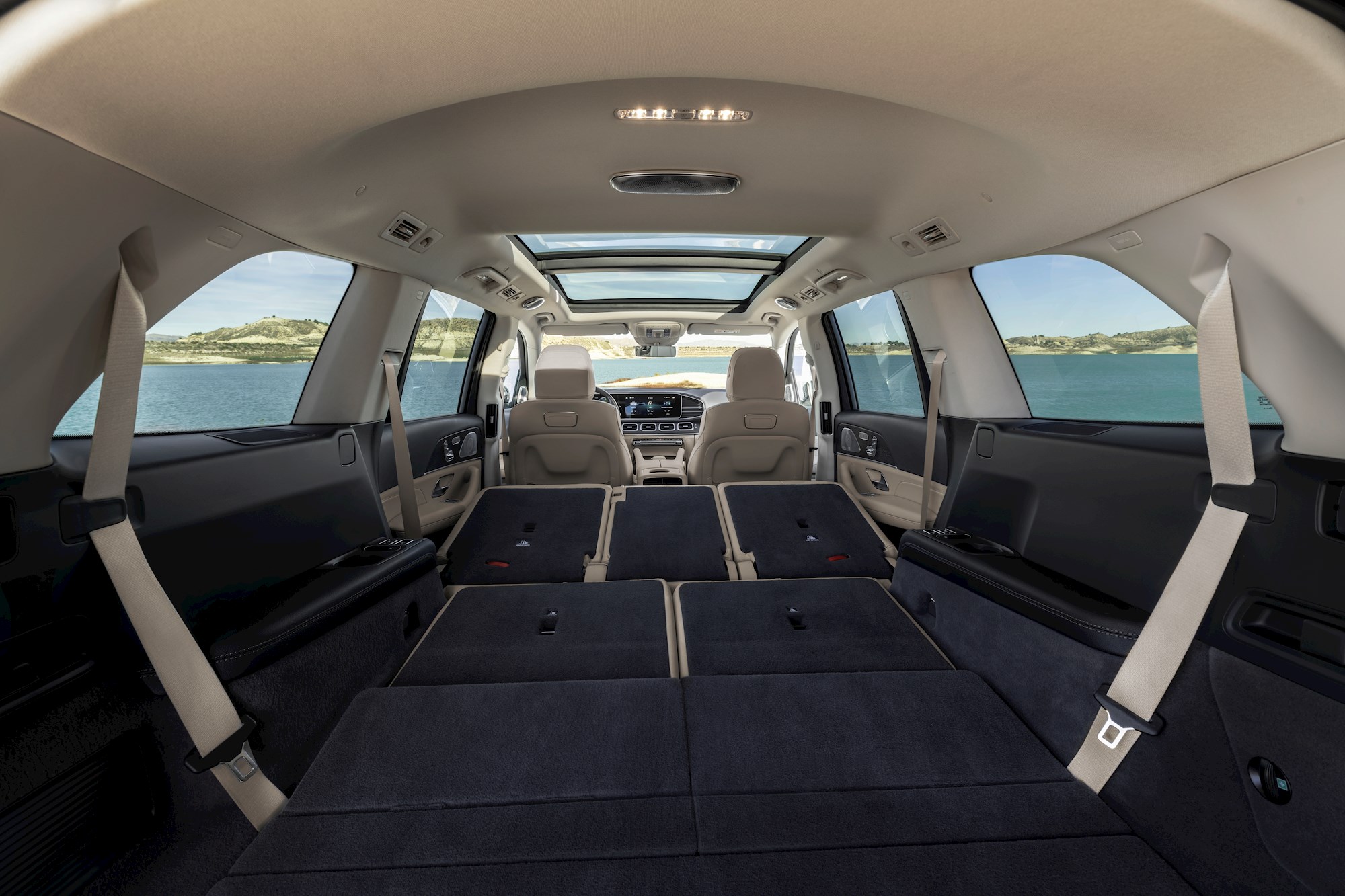
This is no doubt of little concern to those driving the 50 or so GLS models that have been sold in New Zealand since November; that’s an educated guess. Mercedes-Benz does not publically admit sales figures for individual models, but it did acknowledge at the brief GLS launch early in December that it had already sold 38.
It didn’t say how they were optioned. No matter, the GLS is the Jedi Master of standard equipment, almost indecently lacking in ordinary stuff. It will even give occupants in the super-supportive front seats a back massage. Just ask the woman at the other end of the ‘Hey Mercedes” voice recognition system to turn it on.
Any one of the seven occupants can access it; and it is a seven-seater, with three rows of electric seats, once second row seats have been (electrically, and automatically) shuffled forward, big enough to seat 190cm adults without issue. The boot offers more storage than before too.
Up front, the layout is similar to the smaller GLE model, with a double-screen instrument panel, along with five-zone climate control.
It’s a big critter, the GLS: 5130mm long (a few mm shorter than the S-Class saloon), 1934mm wide, and 1850mm high. It sits on a 3075mm wheelbase and weighs just under 2400kg.
But its behaviour clearly belies its dimensions and weight. It drives with much more precision than you’d expect; it’s obvious Mercedes-Benz has done much to the make-up of the chassis and air-suspension to disguise its bulk.
It moves down the road and through bends with the poise of classic waltz partners – fluid, confident, unstressed, light on its feet.
It truly is superb to drive, aided by the equally fluid pairing of a nine-speed automatic gearbox with a turbocharged 3.0-litre diesel delivering 243kW/700Nm. That’s the only gearbox-engine mix for New Zealand; the Aussies get diesel and V8 petrol options.
When’s all said and done, the GLS is another SUV – albeit immensely rewarding – in a world of SUVs. New Zealanders are buying them in one form or another for pretty much one reason only: ‘cause everyone else is. Naturally we buy more affordable ones, but it’s fascinating to drive cars like the GLS to see what kind of technology that will drip feed to other smaller segments over the coming years and beyond. And we haven’t even touched on the 5.5-litre bi-turbo AMG version yet - that’s a topic for the near future.
And final question: what does Wi-Fi stand for? Wireless Fidelity, right. Maybe not. This is actually a little harder to ascertain, with the origins suggesting it’s little more than a trademark of a technical designation. Answers on a postcard to Driven Auckland, just to be ironic.
Mercedes-Benz GLS 400d
PRICE: $166,700
ENGINE: 3.0L turbo diesel, 9-speed auto
POWER: 243kW/700Nm
VERDICT: A sneak peek at future car tech











